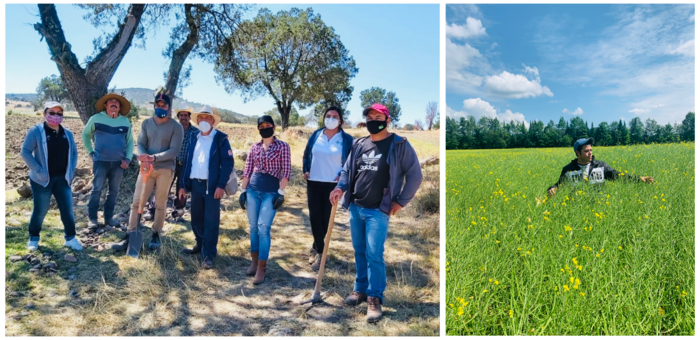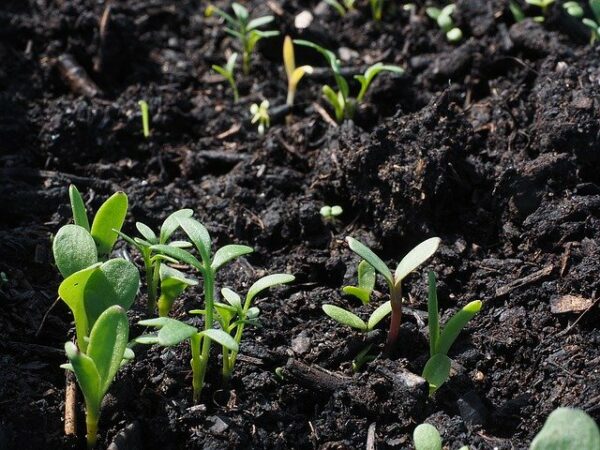For years, scientists and online databases presumed the presence of clubroot—one of the main diseases on cruciferous crops (such as broccoli, cabbage, and kale)—in Mexico. However, no evidence to support this supposition existed until a team of researchers, led by Mauricio Luna and Legnara Padrón-Rodríguez of the University of Veracruz, donned their detective caps to pinpoint the clubroot pathogen.
Since Mexico is the world’s fifth largest broccoli producer and main supplier to the eastern United States and Canada, determining the pathogen’s presence is important to preparing for potential outbreaks. Legnara Padrón developed the detection methodology during Covid-19, causing the authors to consider what could happen if a future pandemic affects plants. The methodology involved working alongside cruciferous crops growers in Mexico and collecting soil samples from three categories of fields: fields in production, fields without cruciferous crops for up to a year, and fields that had stopped growing cruciferous crops. They were able to extract the clubroot pathogen after growing an array of cruciferous crops plants in the soil collected. Typical clubroot symptoms appeared in the roots of infected plants, and the results were confirmed using molecular methods.
Now researchers can investigate if, as suspected, the clubroot pathogen has hindered growth of cruciferous crops in certain Mexican fields. New fields affected by the disease have been added to the ClubrootTracker, an online tool developed by Dr. Pérez-López’s group to trace the clubroot pathogen. Additionally, their results will significantly improve the future management of clubroot, safeguarding the cruciferous crops economy in Mexico and the worldwide supply of these important vegetables.

Corresponding author Edel Pérez-López comments, “Our results open the door to more exciting research, like studying the genome of P. brassicae Mexican isolates, geographic distribution, and its evolution compared to other North American isolates. The strategy we followed could help detect the clubroot pathogen in other geographic areas, or potentially, other soil-borne pathogens.”
This study embodies the importance of listening to growers. Their knowledge, combined with science, can reveal answers that improve plant disease management and increase agricultural revenue.
This study is the result of an extensive collaboration between Mauricio Luna (thesis director of Legnara Padrón PhD project—Universidad Veracruzana, Veracruz, Mexico), and Edel Pérez-López (thesis co-director of Legnara Padrón PhD project—Université Laval, Quebec City, Canada).
Follow the authors on social media!
LinkedIn: Edel Pérez-López and Mauricio Luna-Rodríguez
Twitter: Edel Pérez-López @Edel_PLopez
Read the paper: Plant Disease
Article source: American Phytopathological Society via Eurekalert
Image credit: Hans Braxmeier / Pixabay






